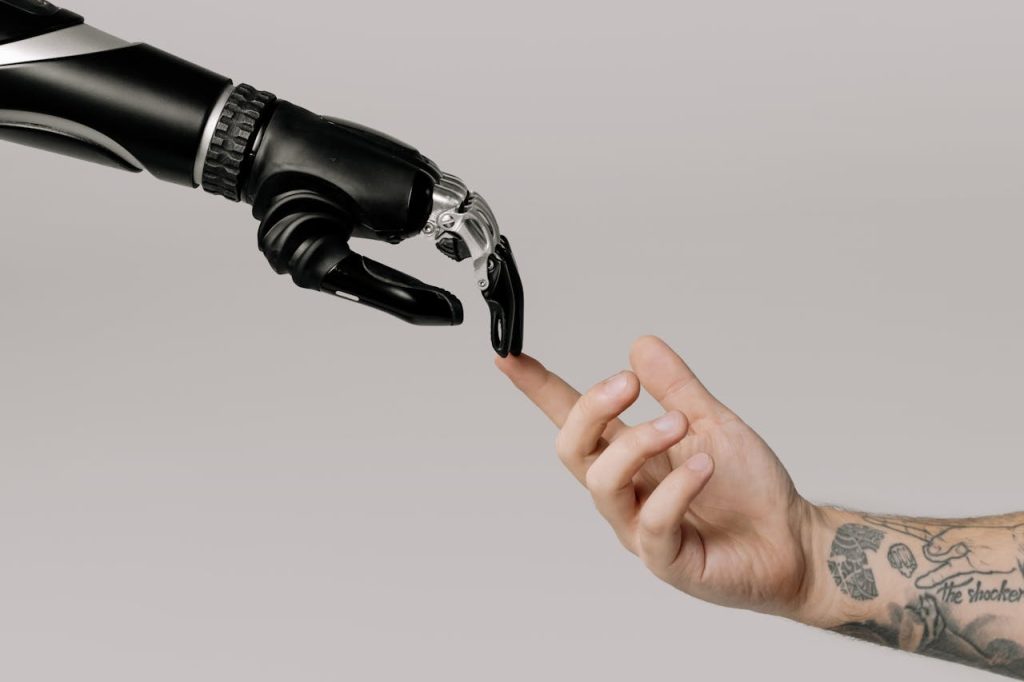How To Embrace AI-Powered Programmatic Advertising: A Strategic Approach

The rise of artificial intelligence (AI) in programmatic advertising has brought significant advancements, offering enhanced efficiencies and personalization in digital marketing campaigns. However, to fully capitalize on these opportunities, it’s essential to approach AI with a strategic mindset rather than getting lost in the hype. This article outlines key strategies to effectively integrate AI into your programmatic advertising efforts.
Understanding AI’s Role in Programmatic Advertising
AI’s potential in programmatic advertising lies in its ability to analyze vast datasets, optimize ad placements, and predict consumer behavior with unprecedented accuracy. Yet, it’s crucial to recognize that AI is a tool, not a panacea. The successful application of AI depends on a clear understanding of business objectives and challenges.
1. Prioritize Business Acumen Over Tech Hype
While AI technology is impressive, the real value comes from aligning AI capabilities with business goals. Marketers should focus on understanding their specific problems and how AI can provide solutions. This means starting with a clear problem statement and then exploring how AI can address it effectively.
2. Develop a Test-and-Learn Mindset
AI in programmatic advertising thrives on continuous learning and adaptation. Adopting a test-and-learn approach, where small-scale experiments guide larger strategic decisions. By testing different AI applications on a smaller scale, businesses can gather valuable insights without committing substantial resources upfront.
Key Applications of AI in Programmatic Advertising
AI can transform various aspects of programmatic advertising, from ad creative optimization to cross-channel automated optimization. Here are some key applications:
1. Predictive Creative Optimization (PCO)
Advanced machine learning models enable predictive creative optimization, where algorithms predict the most effective ad creatives based on historical data. This continuous learning process ensures that ad creatives remain relevant and engaging, adapting to market trends and consumer behaviors.
2. Ad Creative Optimization
AI-powered tools can rapidly test and optimize ad visuals, copy, and formats. Techniques like multi-armed bandit testing allow for quick experimentation, identifying the best-performing creatives and iteratively improving conversion rates.
3. Cross-Channel Automated Optimization
AI algorithms can enhance ad performance across various channels, including social media, search engines, and programmatic networks. By sharing insights across channels, these algorithms ensure consistent messaging and branding, creating a seamless user experience and strengthening brand identity.
Strategic Steps to Implement AI in Programmatic Advertising
1. Start with Clear Objectives
Define your business objectives and identify specific challenges that AI can address. This will help in selecting the right AI tools and approaches that align with your goals.
2. Invest in Data Infrastructure
Successful AI implementation requires robust data infrastructure. Ensure that you have access to high-quality data and the capability to process and analyze it effectively. Marketing Mix Modeling (MMM) can be a valuable tool here, providing insights into how to allocate budgets across different channels and scenarios.
3. Foster Collaboration Between Teams
AI in programmatic advertising should not be siloed within the tech or data teams. It requires collaboration across marketing, creative, and business strategy teams. This ensures that AI applications are grounded in business realities and creative insights, leading to more effective campaigns.
4. Monitor and Adjust Continuously
AI models need constant monitoring and adjustment. Regularly review performance metrics and make data-driven adjustments to optimize outcomes. This iterative process helps in refining strategies and maximizing ROI.
5. Ethical Considerations and Transparency
As AI becomes more integrated into programmatic advertising, ethical considerations and transparency become increasingly important. Ensure that your AI applications comply with data privacy regulations and are transparent about how data is used and decisions are made.
The Future of AI in Programmatic Advertising
The future of AI in programmatic advertising looks promising, with continuous advancements in machine learning and data analytics. Here are some trends to watch:
1. Enhanced Personalization
AI will enable even more granular personalization, tailoring ads to individual preferences and behaviors. This will enhance user engagement and conversion rates.
2. Real-Time Adaptation
AI will improve its ability to adapt in real-time, making on-the-fly adjustments to campaigns based on live data. This will increase the agility and responsiveness of marketing efforts.
3. Integration with Emerging Technologies
AI will increasingly integrate with other emerging technologies, such as augmented reality (AR) and virtual reality (VR), providing immersive and interactive ad experiences.
In conclusion, embracing AI-powered programmatic advertising requires a strategic approach that prioritizes business acumen, continuous learning, and ethical considerations. By aligning AI applications with clear business objectives and fostering collaboration across teams, businesses can effectively leverage AI to enhance their programmatic advertising efforts and achieve greater ROI.
___
by Thomas Theodoridis
source: DailyClicks



